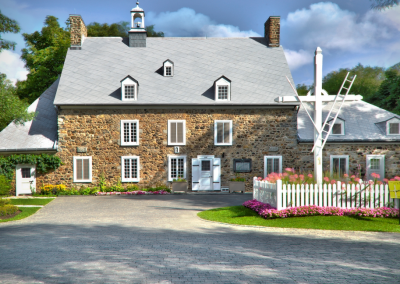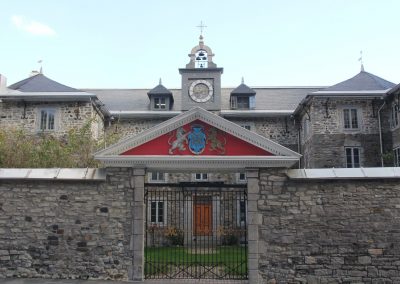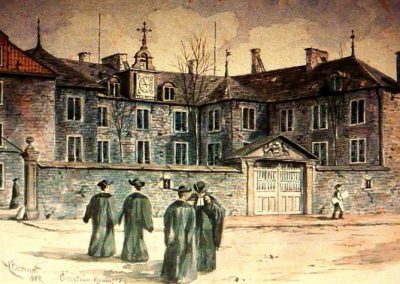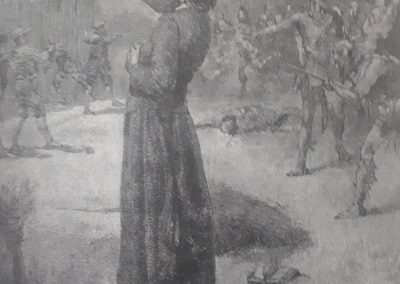The first Sulpicians martyred in Canada
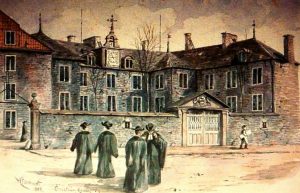 Arrival of the Sulpicians in Canada:
Arrival of the Sulpicians in Canada:
The Sulpicians are a society of diocesan priests founded in Paris in 1641 by Father Jean-Jacques Olier de Verneuil to implement the decisions of the Council of Trent (1545-1563) on the formation of diocesan clergy. The first foundation was the Seminary of Saint Sulpice, in Paris, from which comes the official name of the Company of Priests of Saint Sulpice.
Arriving in Canada in 1657, the Sulpicians “laid the foundations of the Saint-Sulpice Seminary in Montreal, intended for the scientific and religious formation of the clergy” (c.f. Histoire de l’Église du Canada, page 74). The first Sulpician priests in Canada were the abbots de Queylus, Souart, Galinier and d’Allet. “From the time of their arrival, they devoted themselves to the interests of religion and of the colony with a zeal that never wavered; sharing the good and bad fortune of the French-Canadians, they preserved, by their wise leadership and assiduous vigilance, the faith and morals of this Christian population” (c.f. Histoire de l’Église du Canada, pages 74-75).
Martyrdom of the first two Sulpicians:
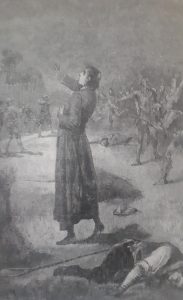
The Island of Montreal was the place most exposed to the fury of the Iroquois. In 1661, two priests of Saint-Sulpice fell prey to the Iroquois fury. Monsieur Le Maître was seized by them, “at the Saint-Gabriel farm, while he was saying his breviary, and had his head cut off, on August 29, 1661” (c.f. Histoire de l’Église du Canada, page 77). His executioners took the head as a trophy to their village. “Tradition reports that, to their great terror, the features of the victim remained imprinted, as if on white wax, on the handkerchief that wrapped his head” (c.f. Histoire de l’Église du Canada, pages 77 to 79). Two months later, on October 25, Father Vignal was surprised and massacred at Île Saint-Pierre. “The Iroquois made a horrible feast of him under the eyes of his frightened companions” (c.f. Histoire de l’Église du Canada, page 79).
Sources:
–Histoire de l’Église du Canada, by a nun of the Congregation Notre-Dame, pages 74 to 77.

